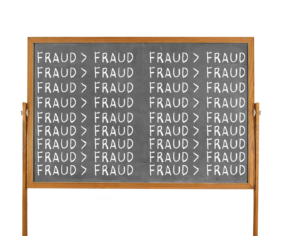“When looking to invest in / acquire a company, what are some steps that I can take to evaluate the operation relative to fraud / risk performance ?”
There’s been an uptick in investors asking this question. It would seem that the global presence of fraud has led to a justified increase in proactive assessments in the community.
There are countless ways to approach this. I’ve outlined 2 steps below that can help you get started:
1. Understand that fraud is like water.
Water makes its way through cracks. Water erodes over time. Water will take the shape of any container it is placed into.
Fraud is similar.
With the growing number of methods being defined each day, it can be intimidating to approach calculating fraud losses and exposure.
There are through-lines that tie these methods together. The most evident is the dynamic between the user and the website / app wherein the user submits information in return for an item or service.
That being said, don’t get caught up in the intricacies of “how” (That’s my job, buddy!) For now, just focus on listing the various ways in which bad information might enter the system. This includes payment information, identity information, discount codes, / promotions, customer service tickets, phone calls, and more.
2. Measure how much water is in the bucket.
Maintaining the similarity between water and fraud, we need to come up with a way to measure how much has made it through. Typically this is measured in chargebacks, but again, water will flow. Fraudsters see the value in exploiting policies and so do desperate consumers who are looking to get more than they paid for. To measure this, it is important to track performance relative to promotions and policies as well.
Questions to ask might include:
How many refunds are typically paid out in a month?
Do the chargebacks indicate that customers are wrongfully filing chargebacks?
Is a “One-time promotion” being used by many accounts owned by one person?
These questions can send you down rabbit holes, so I would suggest setting a priority list based on the value of each engagement. Spending days investigating 100$ worth of telephone orders might not set the highest precedence.
This will provide a high-level overview of how the company has been performing relative to fraud, leading up to this point.
Moving forward, it would be wise to outline the changes that you anticipate making. Put effort in research towards proactive fraud prevention strategies that support the potential growth while striking a balance between merchant security and customer satisfaction.
If you are looking to invest or acquire and want to drill down on use cases specific to your situation, feel free to reach out.
Be Proactive, my friends.





























